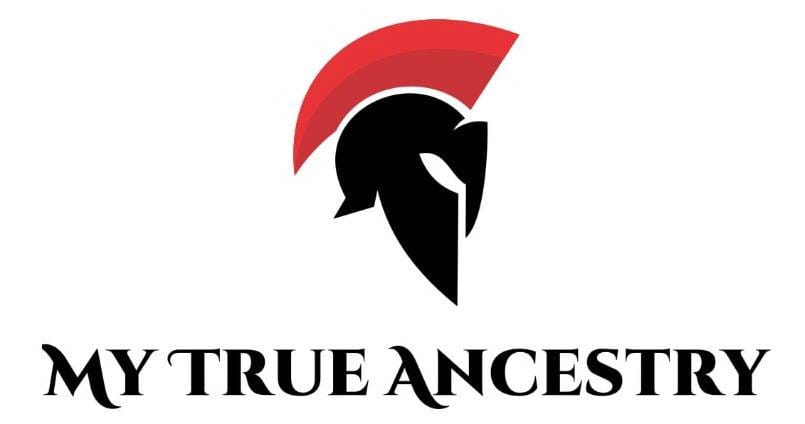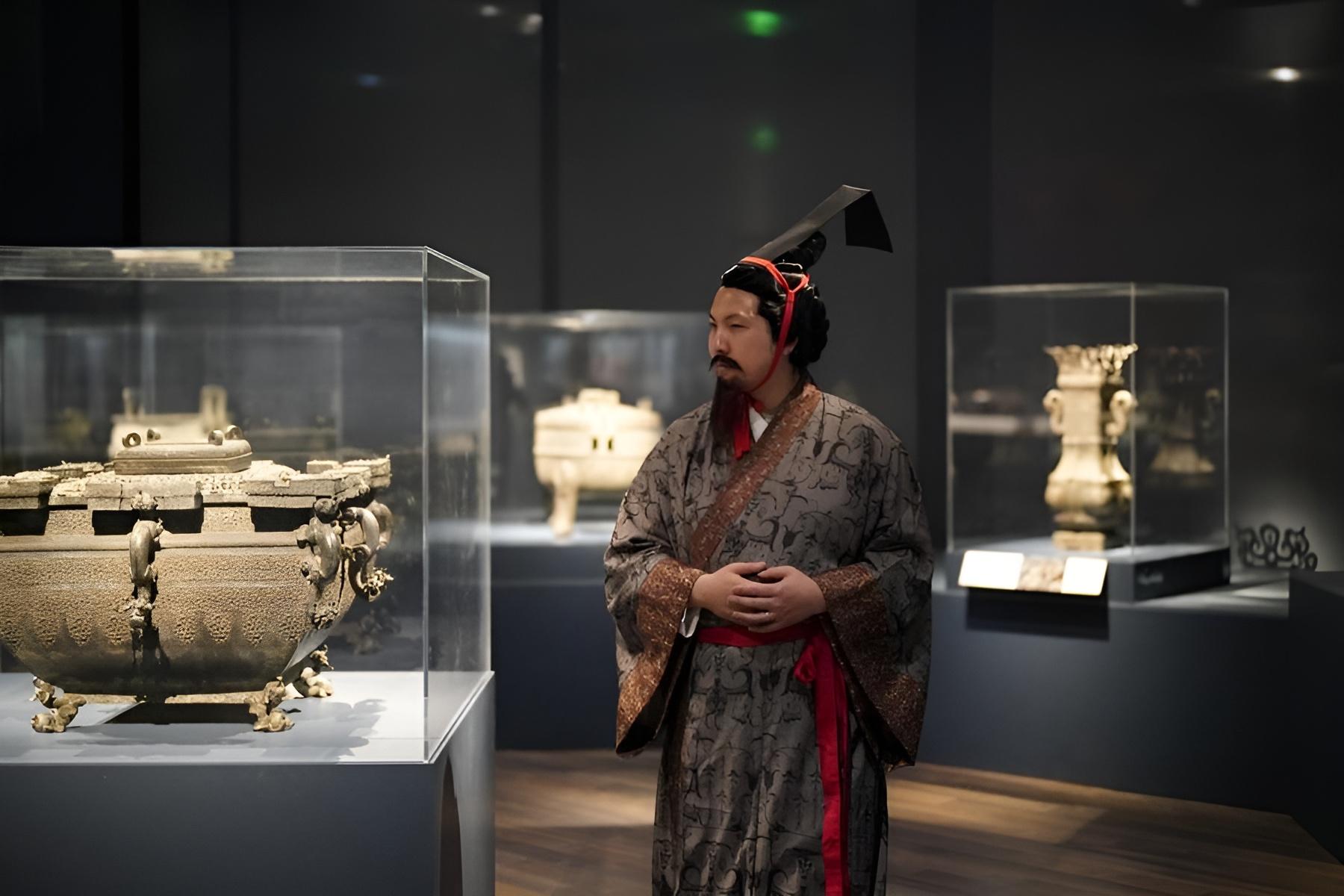Prehistoric Interactions from Central China to the Mongolian Steppe





The Yellow River Bend, a significant historical and archaeological region in China, has recently revealed new secrets through cutting-edge genomic research. This region, known for its richness in archaeological sites and cultural history, was a melting pot of ancient civilizations that served as a crossroads between the Central Plains, the Mongolian Steppe, and southern China.
The Xinhua site, recognizable for its close ties to the renowned Shimao culture, offers fascinating insights into ancient life. Located just 20 kilometers from Shimao, Xinhua was likely a satellite city that served as a cultural and economic extension of this prehistoric powerhouse. Archaeologists discovered vertical pit graves, jade artifacts, and evidence of semi-agricultural and semi-pastoral lifestyles, suggesting an advanced society with complex social structures.
The jade artifacts found at Xinhua, discovered in ceremonial pits, point towards possible sacred or ritualistic uses that draw parallels to southern Chinese cultures like the Liangzhu civilization. These intricately carved jades, alongside turquoise pendants and stone tools recovered from specific graves such as 99M26 and 99M27, encapsulate the rich cultural tapestry of this ancient community and their sophisticated burial practices.
Similarly intriguing is the Nianzipo site, intimately associated with the formation and rise of the Zhou dynasty. Positioned in northern China's Changwu County, this archaeological treasure trove unearthed thousands of cultural relics spanning multiple important historical periods, including the Yangshao Culture, Pre-Zhou Culture, and both the Western and Eastern Zhou Dynasties. The socio-economic activities revealed at this site indicated a harmonious blend of agriculture and animal husbandry, with burial practices reflecting evolving gender roles and changing cultural dynamics across generations.
The analysis of 23 ancient genomes from the Yellow River Bend, dated to the Late Neolithic and Bronze-Iron Age periods, unveiled intricate layers of cultural and genetic exchange spanning vast distances previously unimaginable for prehistoric populations. The genomes of these ancient inhabitants reveal fascinating details about migration patterns and extensive population interactions that challenge traditional understanding of ancient Chinese civilization.
Neolithic samples from the Loess Plateau showed strong genetic links to the well-known Yangshao culture, famous for its vibrant pottery and agricultural innovations. More surprisingly, there was compelling evidence of genetic influences from both the Mongolian Steppe and southern China, indicating extensive prehistoric population dynamics that created a genetic mosaic far more complex than previously understood.
The surprising detection of southern ancestry in specific individuals from both Xinhua and Nianzipo sites adds a remarkable twist to the historical narrative of ancient Chinese populations. These findings suggest that the movement and integration of populations extended far beyond expected regional interactions, creating networks of exchange that traversed unimaginable distances during prehistoric times.
Particularly exciting are two genetic outliers identified at the Xinhua site that show close genetic ties to southern East Asian populations, suggesting a fusion of cultures and genetics that transcended traditionally anticipated geographical boundaries. These individuals represent evidence of long-distance migrations and cultural exchanges that occurred during the Neolithic era, fundamentally reshaping our understanding of ancient population movements.
The presence of significant northern Steppe ancestry in Yellow River Bend residents introduces a revolutionary dimension to our understanding of ancient China's population structure. Archaeological artifacts from these sites, including intricately carved stone tools, jade ceremonial objects, and remnants of domesticated animals like sheep, strongly support the notion of a complex trading and cultural exchange network that reached distant Steppe regions.
The genetic research reveals that individuals from these sites displayed a staggering diversity of mitochondrial haplogroups, with frequent occurrences of the D4 haplogroup serving as a genomic marker connecting them to ancient populations of the Shimao city and broader regional networks. The coexistence of different mitochondrial haplogroups within family members suggests complex familial and social interactions across multiple generations.
These genetic findings are further amplified by archaeological discoveries such as the distinct craftsmanship of jade objects that bear remarkable resemblance to artifacts from southern Chinese cultures, providing tangible evidence of long-distance trade routes and cultural exchange networks that operated long before recorded history began documenting such interactions.
The Yellow River Bend stands as a testament to the fertile ground from which an array of cultures burgeoned and interacted throughout prehistory. From intricately carved jades to the mitochondrial echoes of wanderers from the distant Steppe, this region represents a cultural and genetic mosaic that illuminates the complex tapestry of ancient human civilization in East Asia.
Analysis of Y-chromosome haplogroups among male individuals from these sites reflects a remarkably diverse genetic makeup that speaks to the region's role as a meeting point of different ancestral populations. The influx of northern Steppe ancestry demonstrates the historical blending of agricultural communities from the Central Plains with pastoral nomads, embodying what can be described as an ancient agropastoral ecological zone.
The Yangshao culture's extensive genetic and cultural reach is evident through both pottery styles and genetic markers, creating connections between communities across vast geographical expanses. Yet the influence extended far beyond local interactions, as traces of southern genetic influence moved northward, evidenced by individuals carrying genetic signatures from regions as distant as the Mongolian Steppe.
Individual narratives emerge from these discoveries, such as specific ancient profiles gleaned from whole-genome data that become vibrant elements in the broader story of human migration and cultural interaction. These personal stories, embedded within the larger archaeological context, provide intimate glimpses into the lives of people who participated in these remarkable prehistoric networks of exchange and movement.
Comments